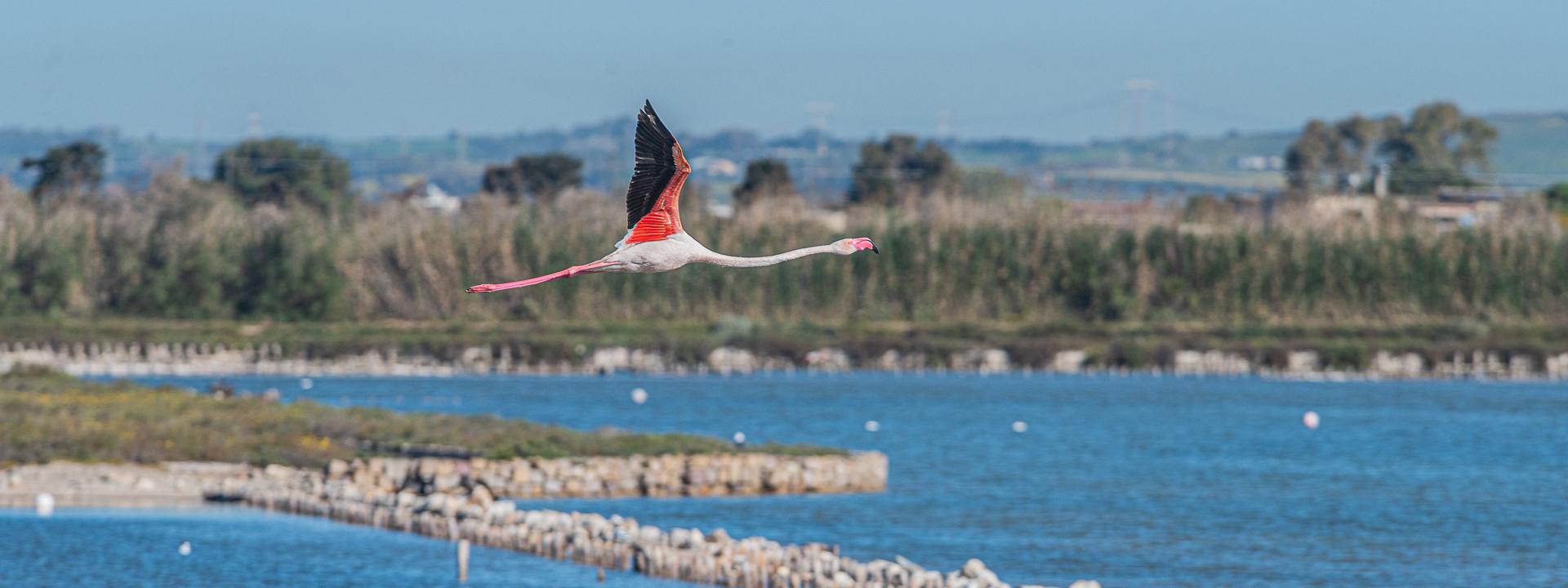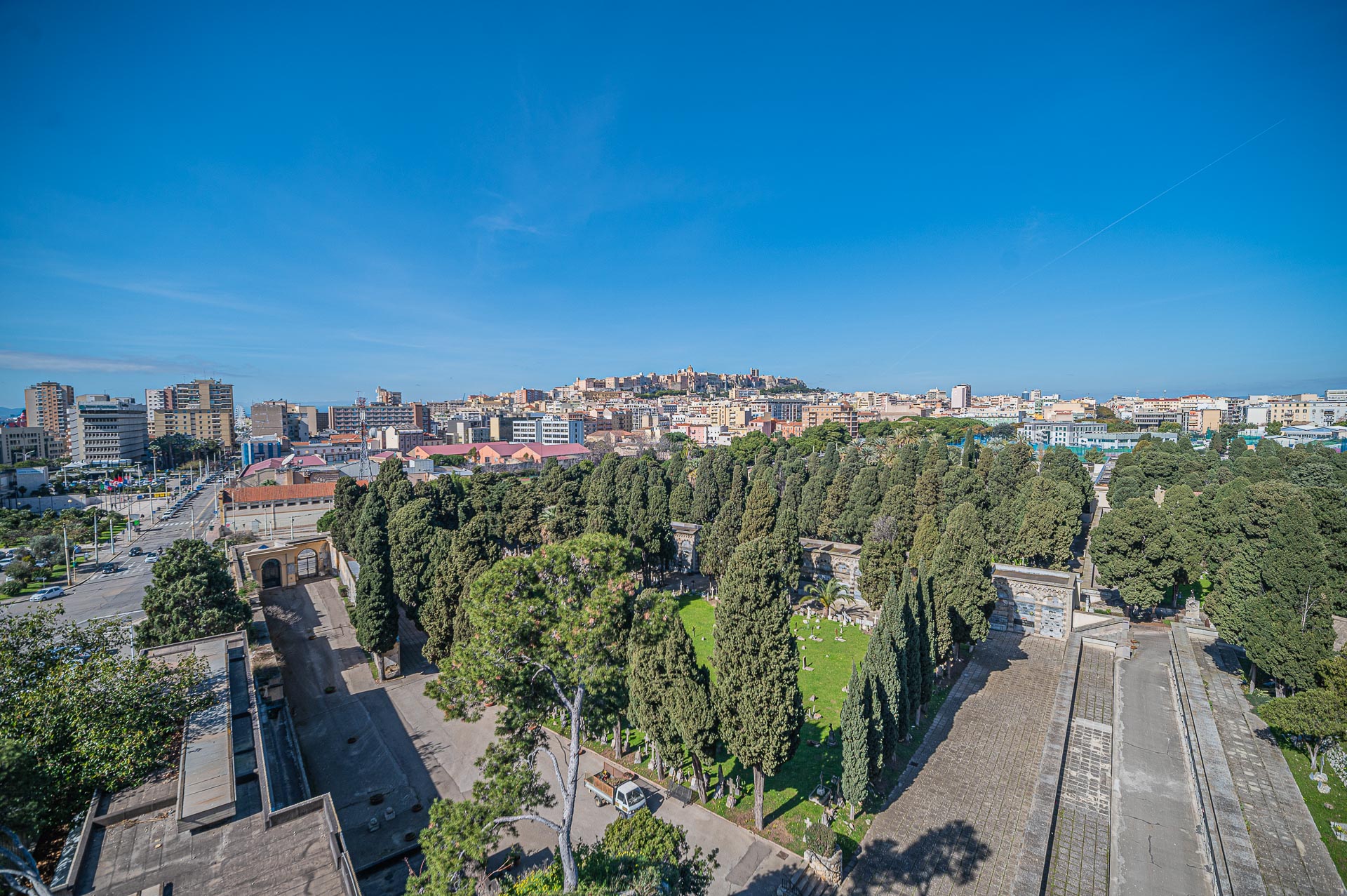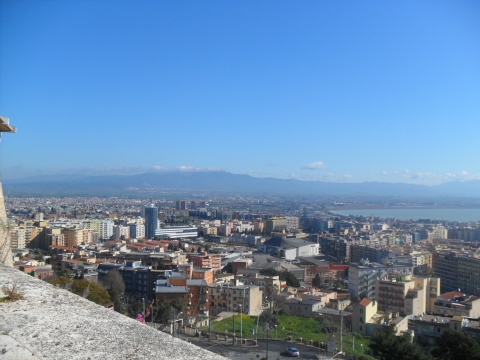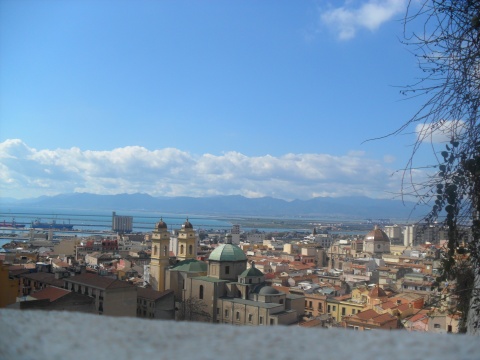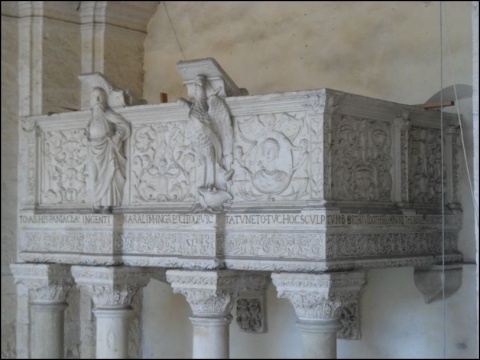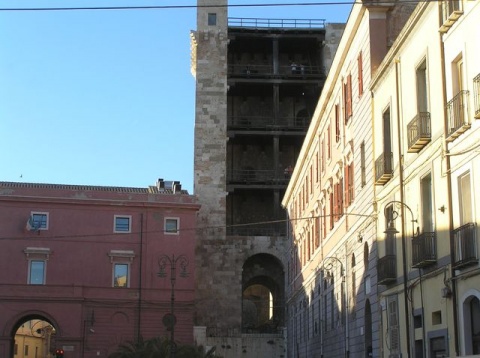San Michele viewpoint
The Hill of Saint Michael is at such a height that it makes it visible even from numerous kilometers outside the city, and from the top of which it is possible to admire the whole city and the hinterland, from the port and the pond of Saint Gilla, to the peaks of the Seven Brothers, from the coast of the Angels Gulf to the hills that delimit the Campidano plain.
The panoramic position of the castle is accompanied by its historical importance, which qualifies it as one of the most significant monuments of the city of Cagliari.
The park of the Hill of Saint Michael has an area of about 250 thousand square meters of lawn, pine forest and paths for jogging and physical activity. Next to the main entrance, there is another entrance that does a complete tour around the hill, very popular among runners. Along the way there are also tools for muscle exercises and stretching, as well as several fountains. Also, in this lower part of the hill, there is an area dedicated to dogs with refreshment points for the four-legged friends and large spaces and bushes among which they can relax.
Continuing towards the top of the hill we find the play area for children, with swings and slides, many trees that offer shade to the benches and flower beds. Another path leads from here to the lift which leads directly to the top of the hill. A little further up, we find the amphitheatre area, preceded by a large panoramic green lawn complete with benches, a refreshment point and toilets, overlooking Molentargius and the Gulf of Cagliari. The route continues on the dirt road inside a pine forest that leads to the top where there is a restaurant-pizzeria, open all year round and which also carries out the shuttle service from the foot of the hill. At this point, the other stone-paved and drive-over road joins the pine forest to the secondary entrance of the park. On the top of the hill there is also the Castle of Saint Michael, where shows and exhibitions are organized throughout the year.
The vegetation of the park is very varied and includes the typical aromas of the Mediterranean scrub, such as rosemary, myrtle and arbutus, carob trees, olive and holm oaks. The fauna is similarly diverse, which includes several birds, including blackbirds, kestrels, sparrows, turtle doves and redstart.
In the past, the limestone used for the construction of several buildings in Cagliari was extracted from one side of the hill. In the historical context, many finds have been recovered in the area of the park, for example Roman coins, a sign of the dynamic activity in that period in this area.
Punto panoramico del colle di San Michele
Punto panoramico del colle di San Michele
Via Cinquini
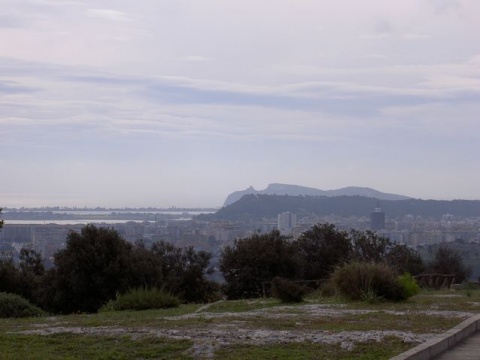
Add new review
Your review will be visible after approval by the editors
To post a review you must be an authenticated user.
Log in with Social Login
